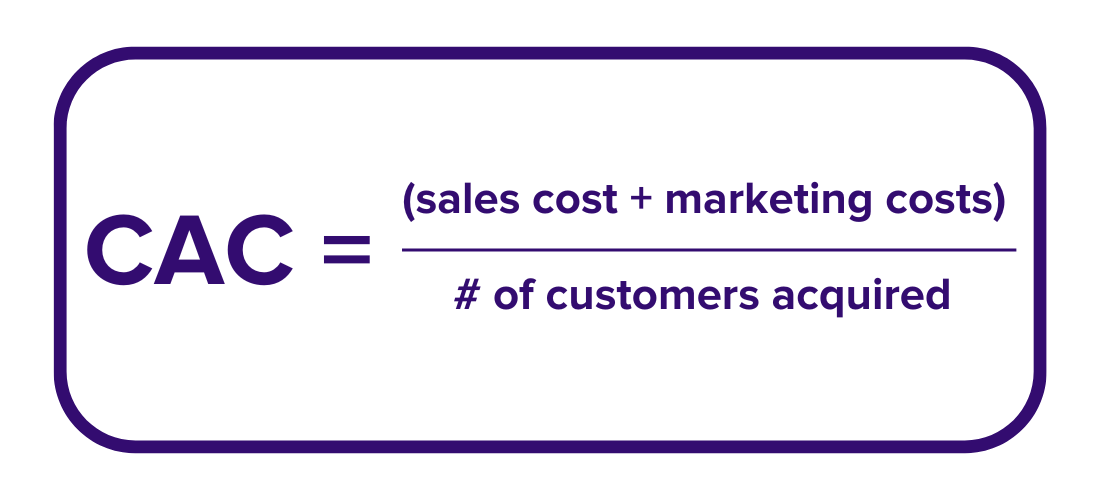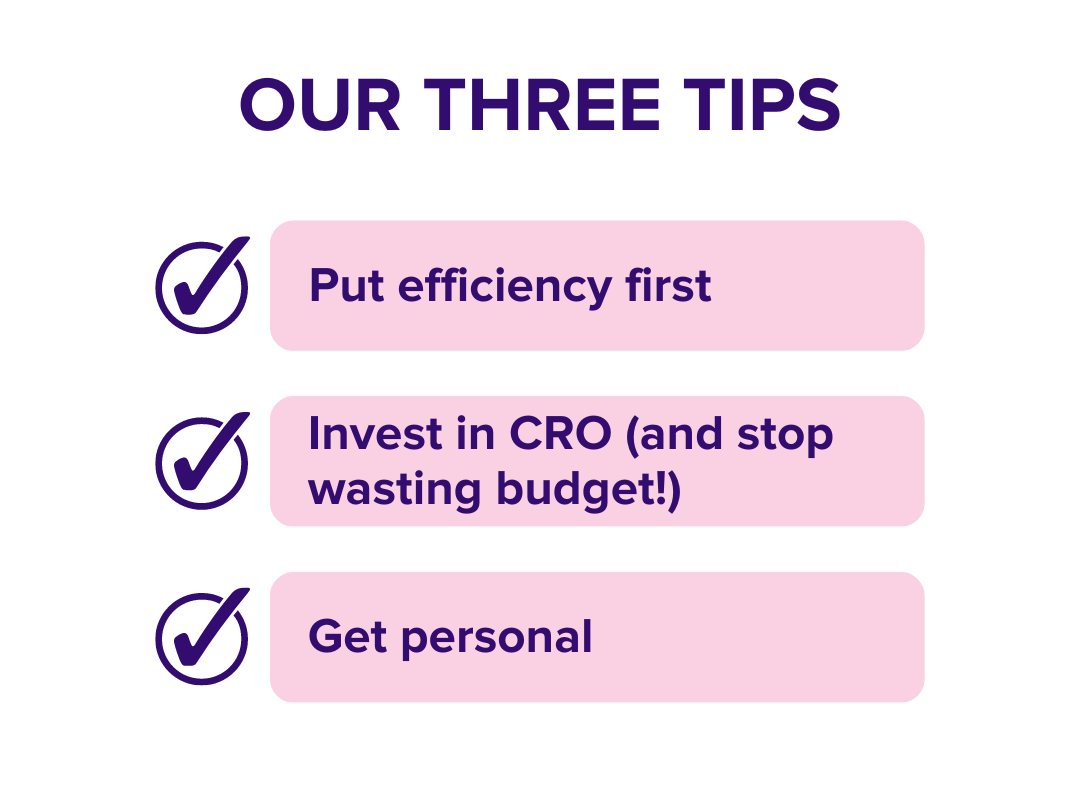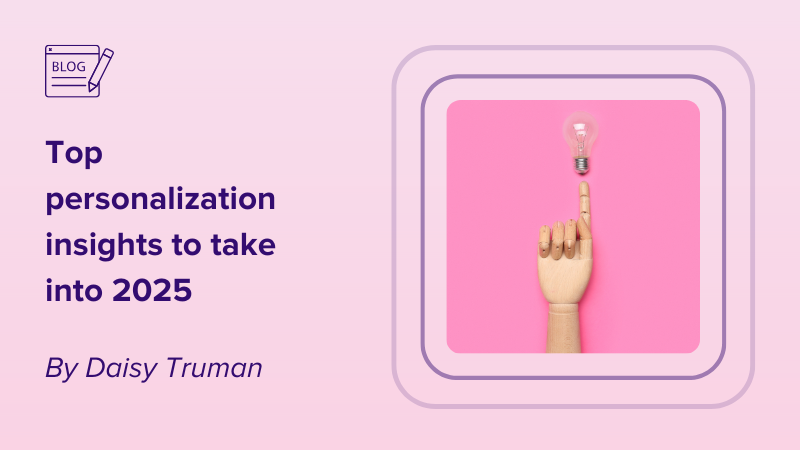It’s no surprise that since the pandemic, the economy has taken a downward turn. Not just for consumers with the cost of living rising rapidly but also for businesses. Marketing budgets are being slashed and marketing and sales departments are being trimmed down. B2B buying behavior is changing, decision makers are more cautious when spending their money – they’re looking for smaller investments and shorter contract terms making it increasingly harder for businesses to win new clients and achieve year-on-year growth. Your prospects conduct their research differently, learning about your services through anonymously searching your website and seeking social proofs.
With the economic landscape shifting, it’s no surprise as marketers we need to move with the times. We need to do more than grow our business, we need to be profitable too. Times are changing for B2B marketers and the tactics and strategies we have used for the past 5 years just don’t cut it anymore.
Say goodbye to the Internet Era
Search Engine Journal explains that Internet marketing is the promotion of a company and its products and services through online tools that generate leads, drive traffic, and boost sales.
B2B marketers have spent years investing time in offline campaigns, focusing on SEO, and spending huge chunks of budget on ads to generate demand and drive our prospects to our number one marketing asset: our website.
But as the market has grown and businesses have developed their products and services to fit in multiple swim lanes, Ads (including Google and Bing) have increased in cost too. Resulting in businesses spending more budget for the same amount of website traffic.
The cost of demand generation is having a severe impact on our Customer Acquisition Cost (CAC) and marketing and sales leaders are starting to challenge their current new business strategy to understand how they can get more for less.


To know your CAC, add your sales and marketing expenses, then divide the sum by the total number of customers you acquired. Businesses typically calculate CAC on a quarterly or yearly basis.
Once we’ve understood what’s the biggest impact on your CAC and where opportunities aren’t converting, we can work to fix the leaky bucket that is B2B demand generation.
Say hello to the Revenue Era
Revenue marketing is a universal approach that helps marketers prove return on marketing investment, create optimal customer experiences, and allow businesses to compete in the digital world.
Our buyers have matured. They want a highly personal and relevant experience throughout the entire sales cycle, starting with marketing, right through to customer success and support. B2C brands like Amazon have set standards high and made highly personalized buyer journeys a necessity for B2B as well as B2C.
So what does this mean for marketers? The answer is simple. We need to start being more efficient and build relevant, timely experiences for our prospects (and clients!) both on and offline. Starting with saying goodbye to the generic website and focusing on converting more of the traffic we are spending the big bucks driving there.
How to make the shift
Put efficiency first – Ask yourself, why are you spending more marketing budget directing your hottest prospects to your website, to accept only 2% of them converting? Remember, B2B buyers are typically 57% of the way to a buying decision before actively engaging with sales (Gartner). So your content needs to be relevant to them so they find what they need faster and push through the funnel quicker.
Track every $ you spend and attribute cost to individual channels – It’s important to understand what your lower cost channels are, so you can focus on driving more demand for less. Then switch your attention to your high-cost channels and find out where your prospects aren’t converting.
Invest in Conversion Rate Optimization alongside demand gen – your CRO and demand gen strategies should complement each other. Give your prospects the same experience in your outbound campaigns, through to your website, making them more likely to convert.
Don’t get left behind
The businesses that will survive the shift are those who assess their current tech stack and challenge what they can do to get more out of their budget.


Top tips to reduce CAC




